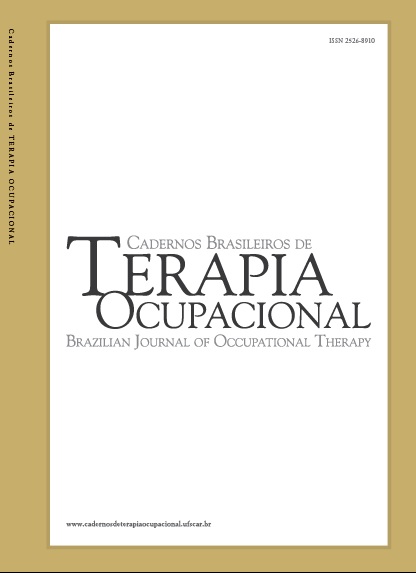Testimonies on visual impairment in comprehensive rehabilitation from an occupational performance perspective
DOI:
https://doi.org/10.1590/2526-8910.ctoAO402939323Keywords:
Occupational Therapy, Rehabilitation, Vision, Low, Blindness, Social RepresentationAbstract
Introduction: In Colombia, people with visual impairment constitute the largest population group among those with disabilities. This research analyses occupational performance in individuals with visual impairment caused by various eye conditions that may lead to low vision or blindness. Objective: To analyze the testimonies of participants in the publication “60 Traces of Rehabilitation” using the categories of the Framework for Occupational Therapy Practice, aiming to characterize everyday life during the rehabilitation processes for visual impairment. Method: This qualitative study, with a retrospective design, examines the accounts of 60 individuals affiliated with the Rehabilitation Center for Blind Adults (CRAC), as documented in the book 60 Footprints. A content analysis was conducted based on their testimonies before, during, and after rehabilitation, categorizing words and meanings within an occupational framework using NVivo® software. Results: The analysis of participant testimonies highlights their roles as users, family members, or administrative staff within CRAC, revealing the impacts, congruencies, and differences in their everyday lives. Conclusion: Independence, autonomy, and productivity are priorities for participants due to the barriers they face in accessing employment, education, healthcare and rehabilitation. Although programs and policies have been implemented to improve access and well-being for people with disabilities, challenges persist that require greater social commitment.
Downloads
Published
How to Cite
Issue
Section
License
Copyright (c) 2025 The Authors

This work is licensed under a Creative Commons Attribution 4.0 International License.


